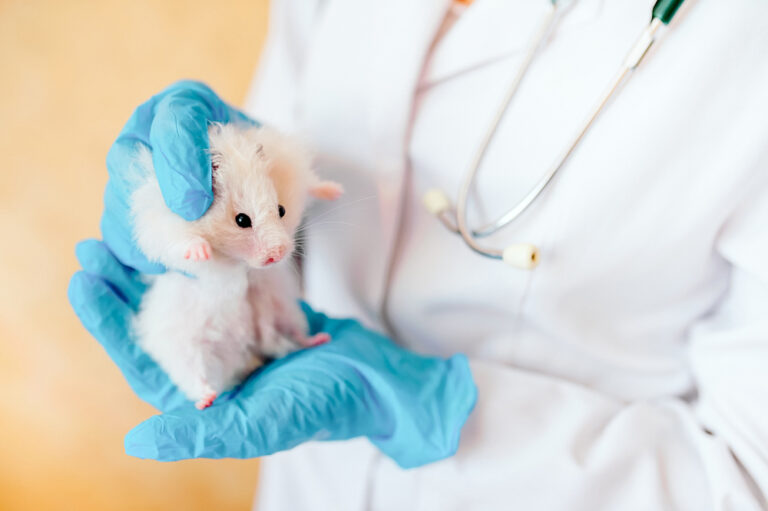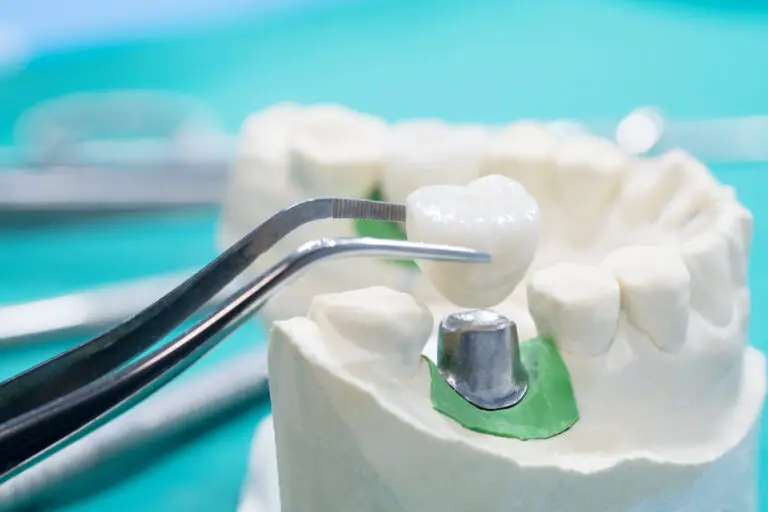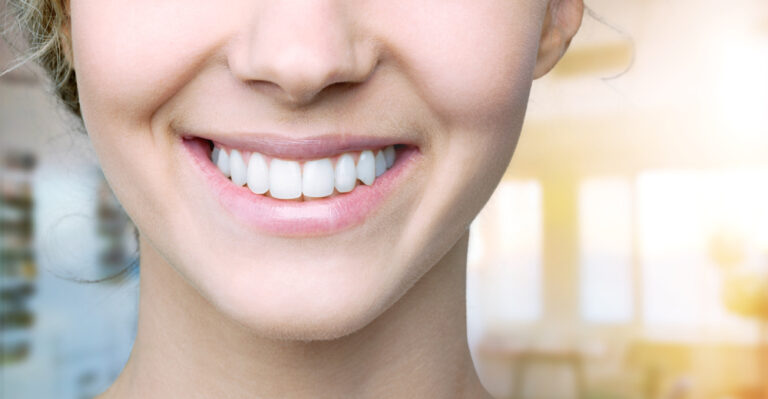Are you worried that your baby’s teeth are coming in the wrong place? It’s not uncommon for parents to notice their child’s teeth developing in a different order than expected. While it may be concerning, there are a few reasons why this can happen.
Firstly, every child’s teeth develop at their own pace, and there is no set timeline for when teeth should come in. Additionally, genetics can play a role in the order and placement of baby teeth. In some cases, a child’s teeth may come in crooked or crowded, which can affect the positioning of other teeth. However, this doesn’t necessarily mean that there is a problem that needs to be fixed.
Understanding Baby Teeth Development
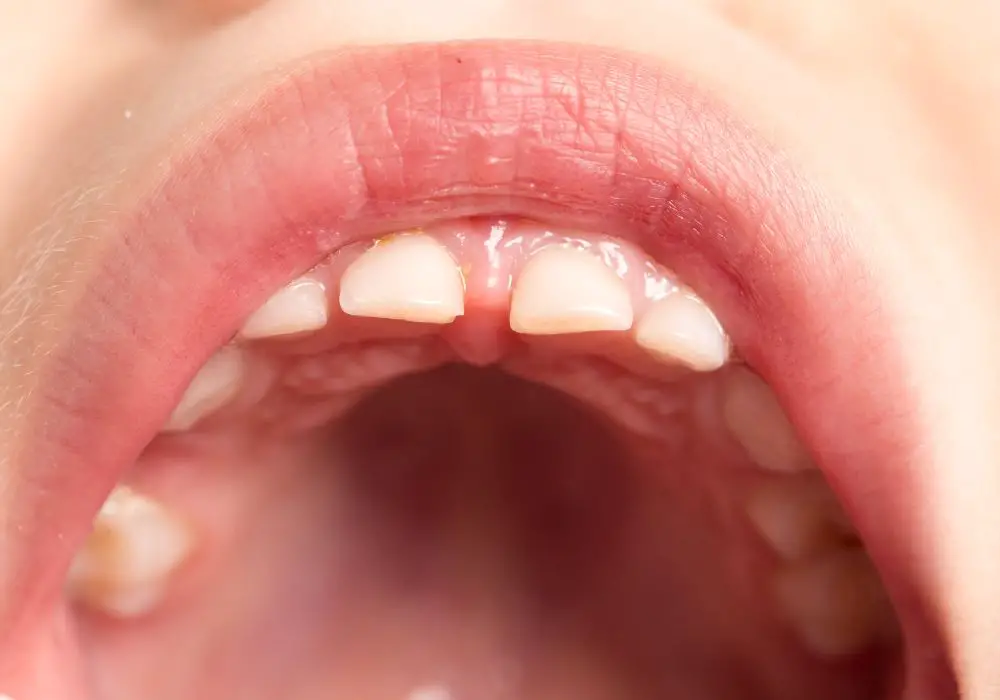
Stages of Baby Teeth Growth
Baby teeth, also known as primary teeth, begin to develop in the womb and usually start to erupt around six months of age. By the age of three, most children will have a full set of 20 primary teeth. The order in which these teeth come in can vary, but the typical order is:
- Central incisors (bottom front teeth)
- Lateral incisors (next to the central incisors)
- First molars (back teeth)
- Canines (beside the first molars)
- Second molars (back teeth)
Common Baby Teeth Issues
While most babies will develop their teeth in the typical order, there are some common issues that can arise during this process. One of the most common issues is when teeth come in out of order. This can happen when a tooth erupts before the one next to it, or when a tooth is delayed in coming in.
Another issue that can occur is when teeth come in at an angle, causing them to be crooked or overcrowded. This can lead to problems with speech, eating, and overall oral health.
It’s also important to note that some babies may experience teething discomfort during this process. This can include symptoms such as drooling, fussiness, and difficulty sleeping. There are various remedies that can help alleviate these symptoms, such as teething toys or pain relievers recommended by a pediatrician.
Overall, understanding the stages of baby teeth growth and common issues that can arise can help parents better care for their child’s oral health. Regular dental check-ups and good oral hygiene habits can also help ensure that baby teeth develop properly and set the foundation for healthy permanent teeth in the future.
Can Baby Teeth Come in the Wrong Place?
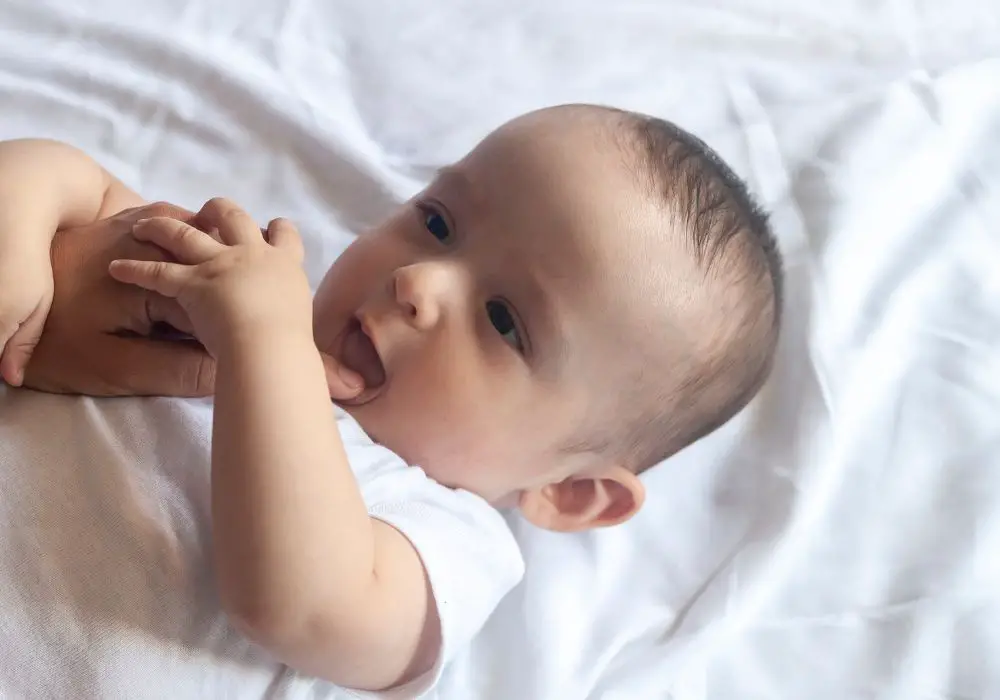
As a parent, you may be wondering whether it is possible for your baby’s teeth to come in the wrong place. While it is rare, it is possible for baby teeth to erupt in an unusual location, causing misalignment. In this section, we will discuss the possible causes and symptoms of misplaced baby teeth.
Causes for Misaligned Baby Teeth
Several factors can cause baby teeth to erupt in the wrong place. Here are some of the most common causes:
- Genetics: If you or your partner had misaligned teeth as a child, your baby may be more likely to experience the same issue.
- Crowding: If there is not enough room in your baby’s mouth for the teeth to come in, they may erupt in an unusual location.
- Early loss of baby teeth: If a baby tooth is lost too early, the surrounding teeth may shift, causing the permanent teeth to come in out of place.
Symptoms of Misplaced Baby Teeth
Misaligned baby teeth can cause a variety of symptoms, including:
- Crooked teeth: If your baby’s teeth are coming in at an angle, it may be a sign that they are misplaced.
- Overcrowding: If your baby’s teeth are overlapping or crowding each other, it may be a sign that they are not coming in the right place.
- Gaps between teeth: If there are gaps between your baby’s teeth, it may be a sign that they are not coming in the right place.
If you notice any of these symptoms, it is important to consult with a pediatric dentist. They can evaluate your baby’s teeth and determine if any treatment is necessary.
In conclusion, while it is uncommon for baby teeth to come in the wrong place, it can happen. By understanding the possible causes and symptoms of misplaced baby teeth, you can help ensure that your baby’s teeth are healthy and aligned.
Impact of Misplaced Baby Teeth
When your baby’s teeth start coming in, you may notice that they are not coming in the right place. This can be a cause of concern for many parents. Misplaced baby teeth can have a significant impact on your child’s dental health and overall development.
Effects on Permanent Teeth
Baby teeth play a crucial role in the development of permanent teeth. They act as placeholders for the permanent teeth and help guide them into their proper position. If baby teeth come in the wrong place, they can cause permanent teeth to come in crooked or misaligned. This can lead to a range of dental problems, including:
- Crowding of teeth
- Difficulty biting and chewing
- Speech problems
- Increased risk of tooth decay and gum disease
If your child’s baby teeth are coming in the wrong place, it’s important to talk to your pediatric dentist. They can monitor your child’s dental development and recommend treatment options if necessary.
Speech and Eating Difficulties
Misplaced baby teeth can also cause speech and eating difficulties. When teeth are not in their proper position, it can be harder for your child to bite and chew food. This can lead to poor nutrition and other health problems.
Speech problems can also arise when teeth are misplaced. Your child may have difficulty pronouncing certain sounds or words. This can impact their ability to communicate effectively and can lead to social and emotional issues.
In some cases, speech and eating difficulties can be corrected with orthodontic treatment. Your dentist can evaluate your child’s dental development and recommend the best course of action.
Overall, it’s important to monitor your child’s dental development and address any issues as soon as possible. With proper care and treatment, your child can enjoy a healthy, beautiful smile for years to come.
Prevention and Treatment
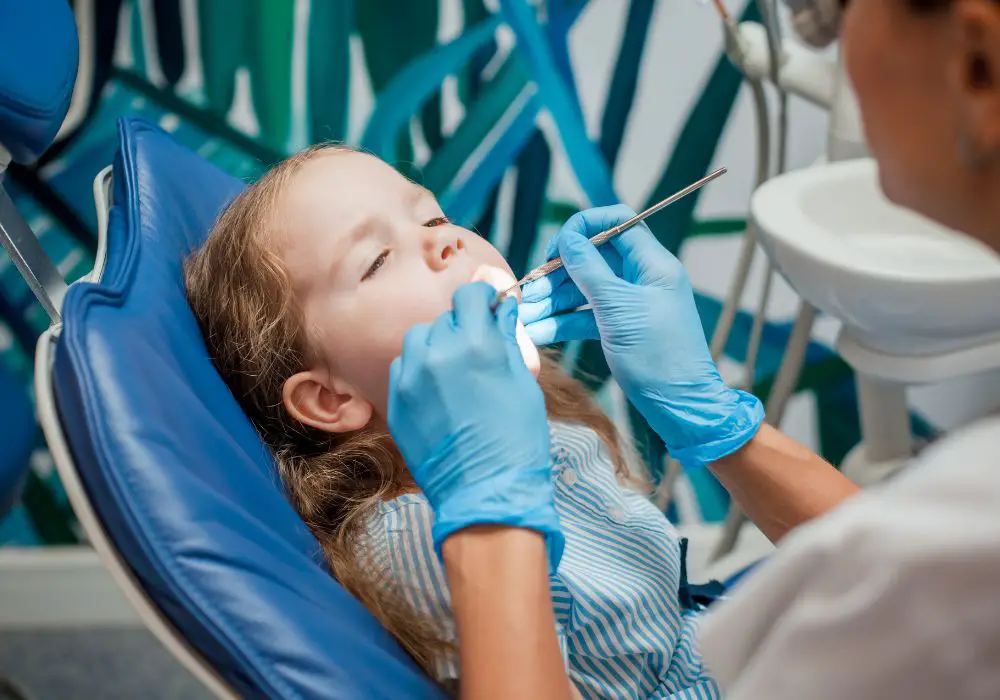
As a parent, you can take several steps to help prevent baby teeth from coming in the wrong place. Pediatric dental care and orthodontic interventions are two options that can help prevent and treat this issue.
Pediatric Dental Care
Pediatric dental care is essential for preventing baby teeth from coming in the wrong place. Regular dental checkups can help identify any issues early on and allow for prompt treatment. Here are some tips to help prevent baby teeth from coming in the wrong place:
- Start dental checkups early: The American Academy of Pediatric Dentistry recommends that children should have their first dental checkup by the age of one or within six months of their first tooth coming in.
- Brush and floss regularly: Brush your child’s teeth twice a day with fluoride toothpaste, and floss once a day. This will help prevent tooth decay and gum disease, which can lead to teeth coming in the wrong place.
- Avoid sugary drinks and foods: Sugary drinks and foods can cause tooth decay, which can lead to teeth coming in the wrong place. Encourage your child to drink water and eat healthy foods.
Orthodontic Interventions
Orthodontic interventions can also help prevent baby teeth from coming in the wrong place. Here are some options:
- Space maintainers: If your child loses a baby tooth early, a space maintainer can help keep the space open for the permanent tooth to come in correctly.
- Braces: Braces can help correct teeth that are coming in the wrong place. They can also help prevent future issues by guiding teeth into their correct positions.
- Retainers: Retainers can help keep teeth in their correct positions after braces or other orthodontic treatment.
In conclusion, baby teeth coming in the wrong place can be prevented and treated with proper pediatric dental care and orthodontic interventions. Regular dental checkups, brushing and flossing regularly, avoiding sugary drinks and foods, space maintainers, braces, and retainers are all options to consider.
Frequently Asked Questions
Can baby teeth come in unevenly?
Yes, it is possible for baby teeth to come in unevenly. This can happen due to a variety of reasons, such as genetics, thumb-sucking, or injury to the mouth. However, most of the time, these uneven teeth will straighten out on their own as your child’s mouth develops.
What causes baby teeth to come in crooked?
Several factors can cause baby teeth to come in crooked. Genetics, thumb-sucking, and injury to the mouth are some of the most common causes. However, poor nutrition, premature loss of baby teeth, and a small mouth can also contribute to crooked teeth.
Is it normal for baby teeth to come in out of order?
While there is a general order for baby teeth to come in, it is not uncommon for them to come in out of order. This usually does not affect your child’s dental health and the teeth will eventually fall out in the same order they came in.
How can I tell if my baby’s teeth are misaligned?
Misaligned teeth can be difficult to detect in babies, but some signs to look out for include difficulty eating or speaking, biting the cheek or tongue, and unusual wear on the teeth. If you suspect your child’s teeth are misaligned, it’s best to consult with a dentist.
What can be done if baby teeth come in the wrong place?
If your child’s baby teeth come in the wrong place, there are several treatment options available. Orthodontic treatment, such as braces or a retainer, can help straighten out the teeth. In some cases, tooth extraction may also be necessary.
Do crooked baby teeth straighten out on their own?
In many cases, crooked baby teeth will straighten out on their own as your child’s mouth develops. However, if the misalignment is severe or causing other dental issues, orthodontic treatment may be necessary to correct the problem.



